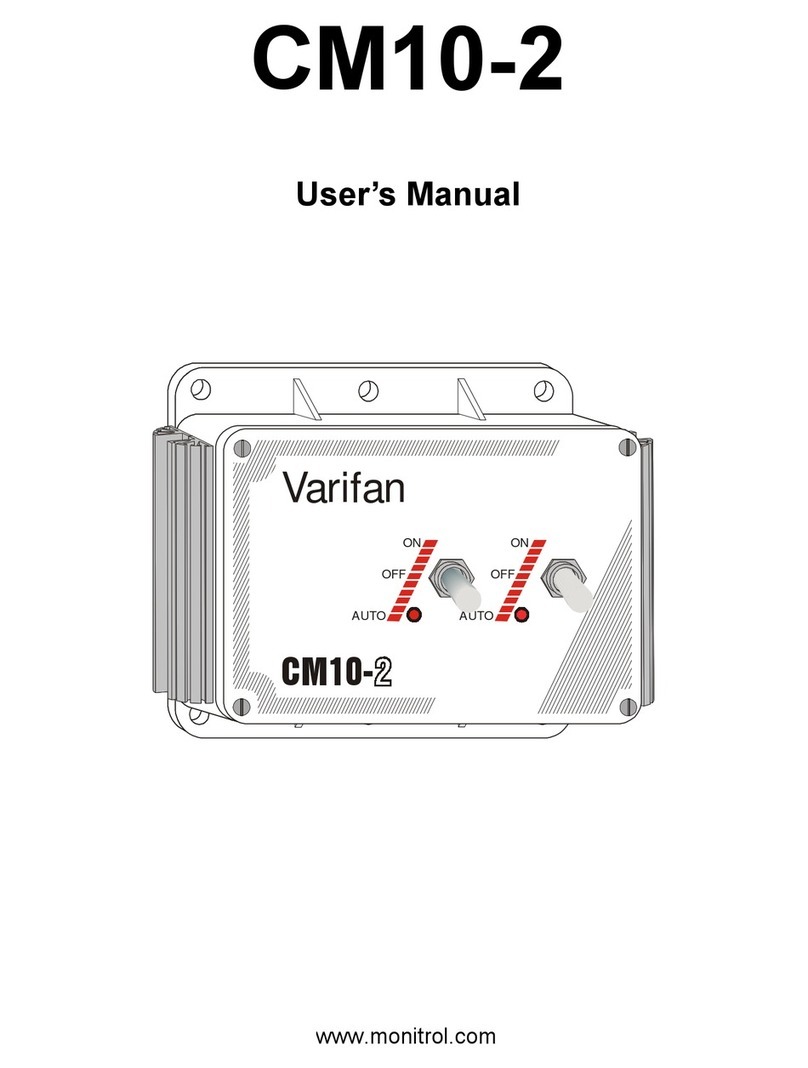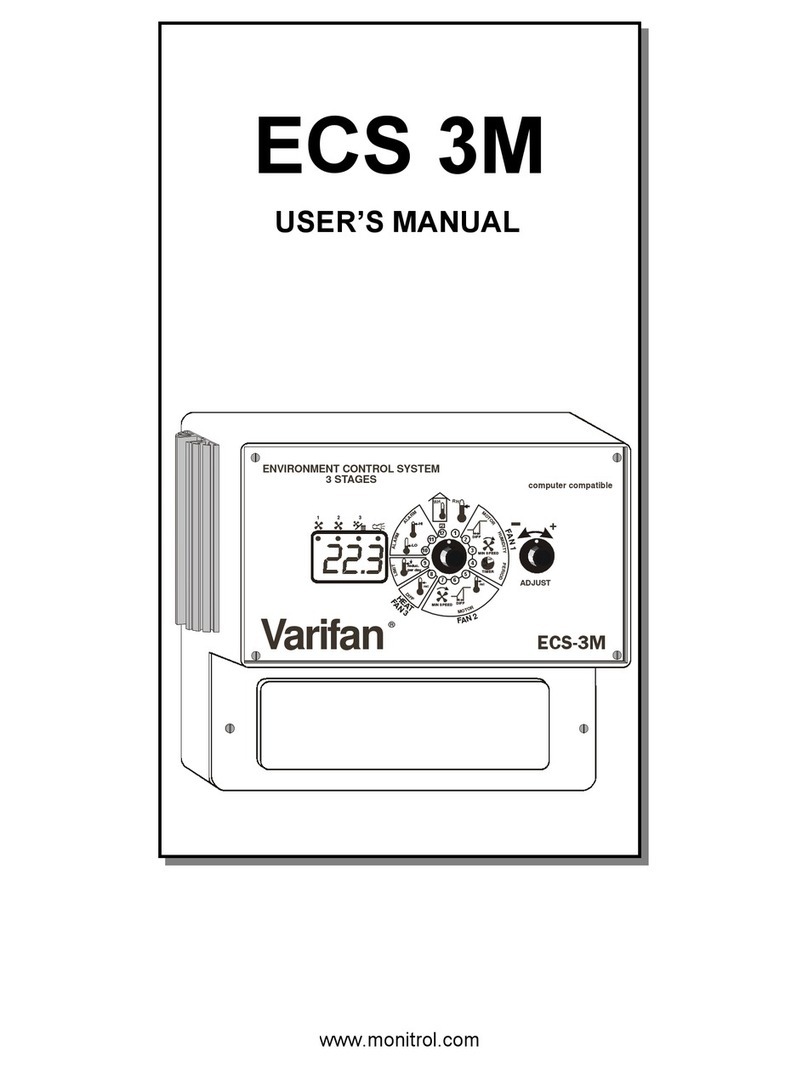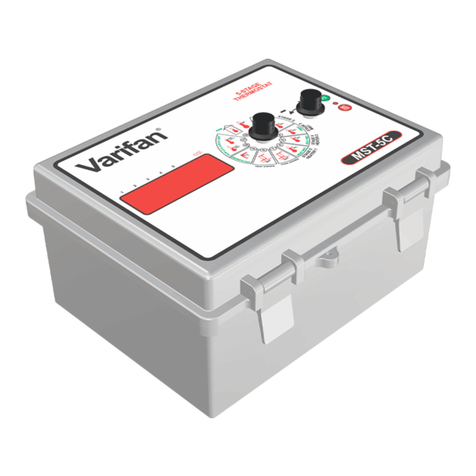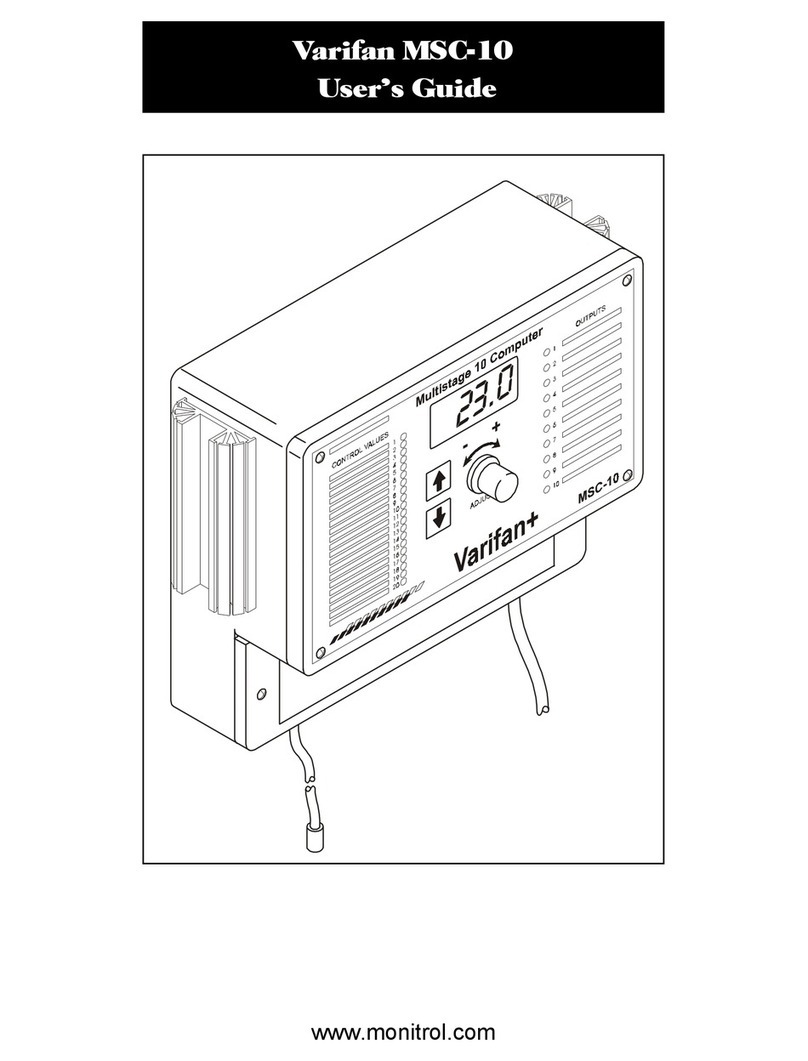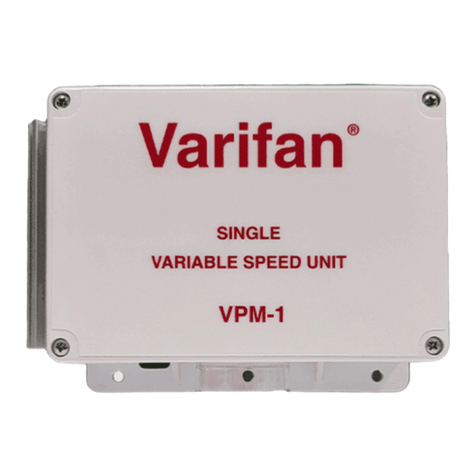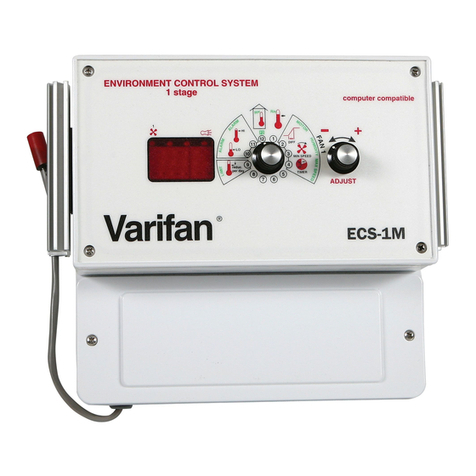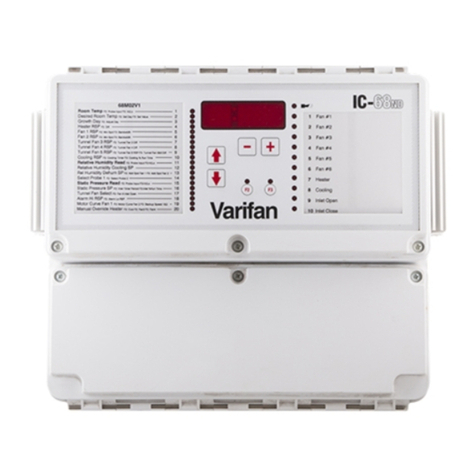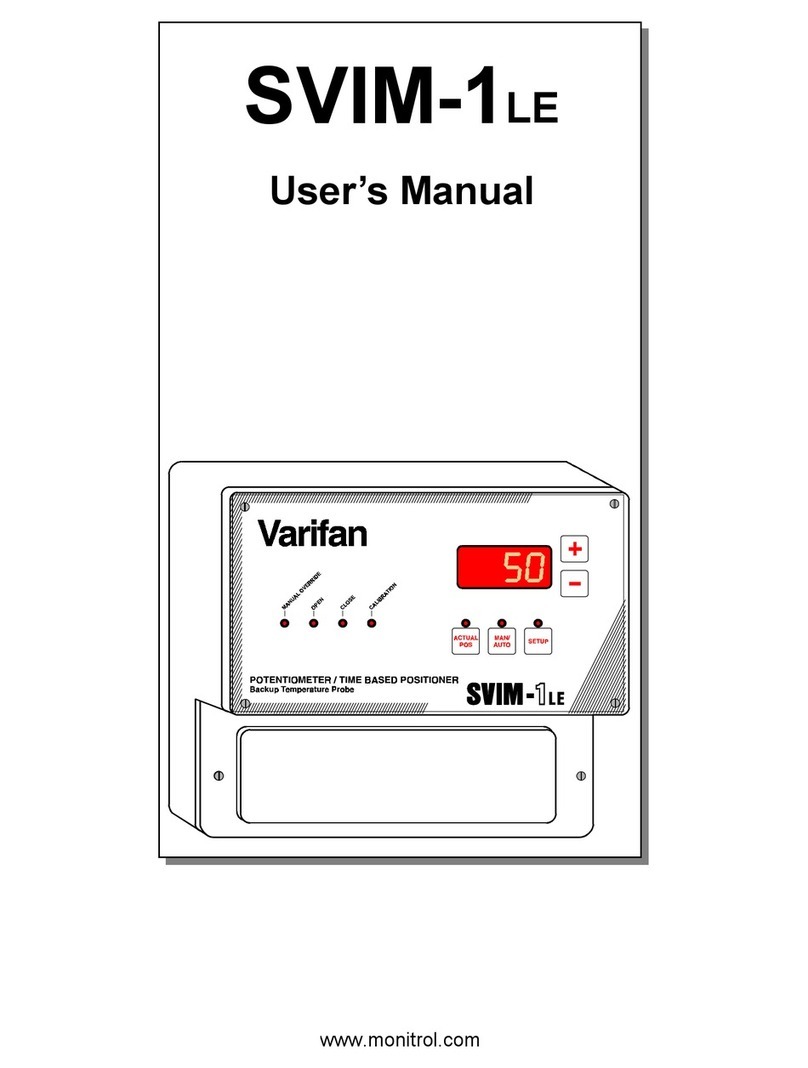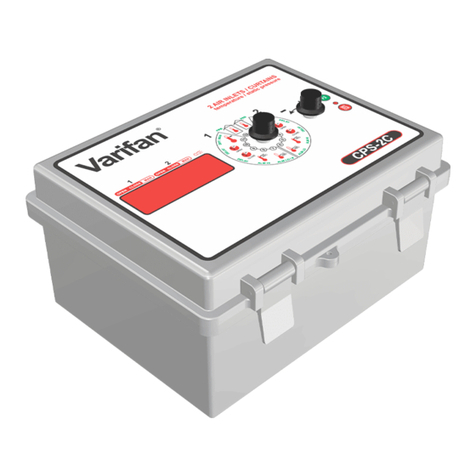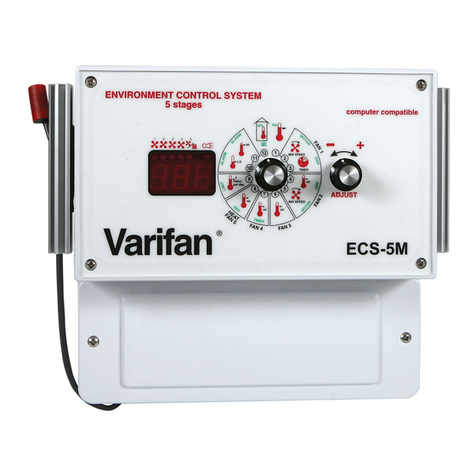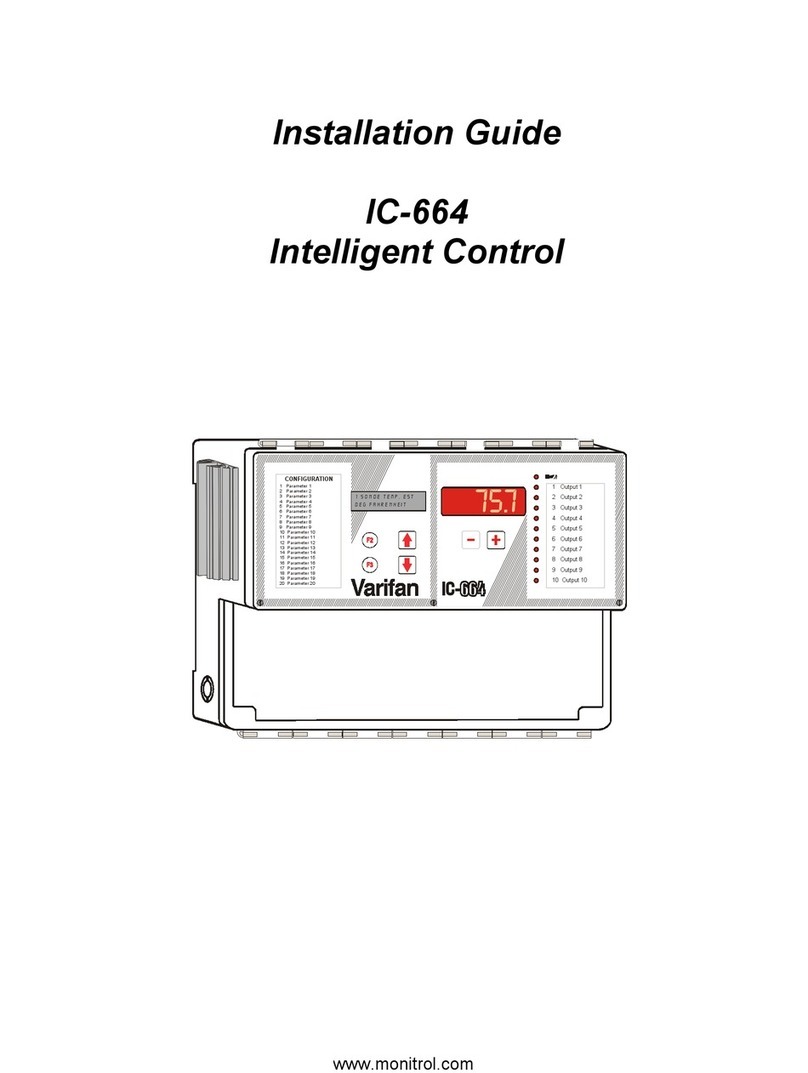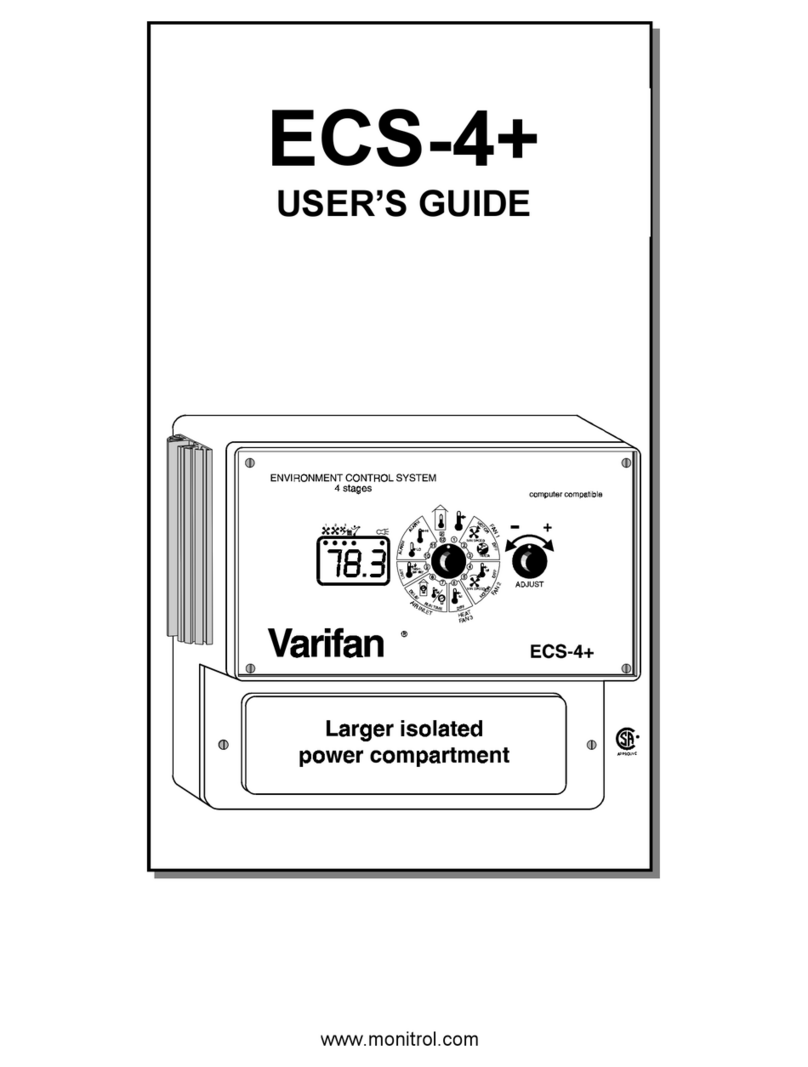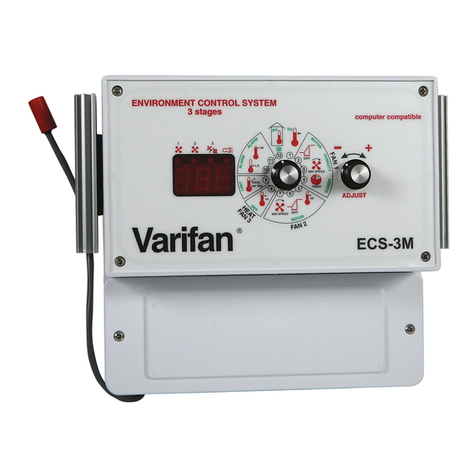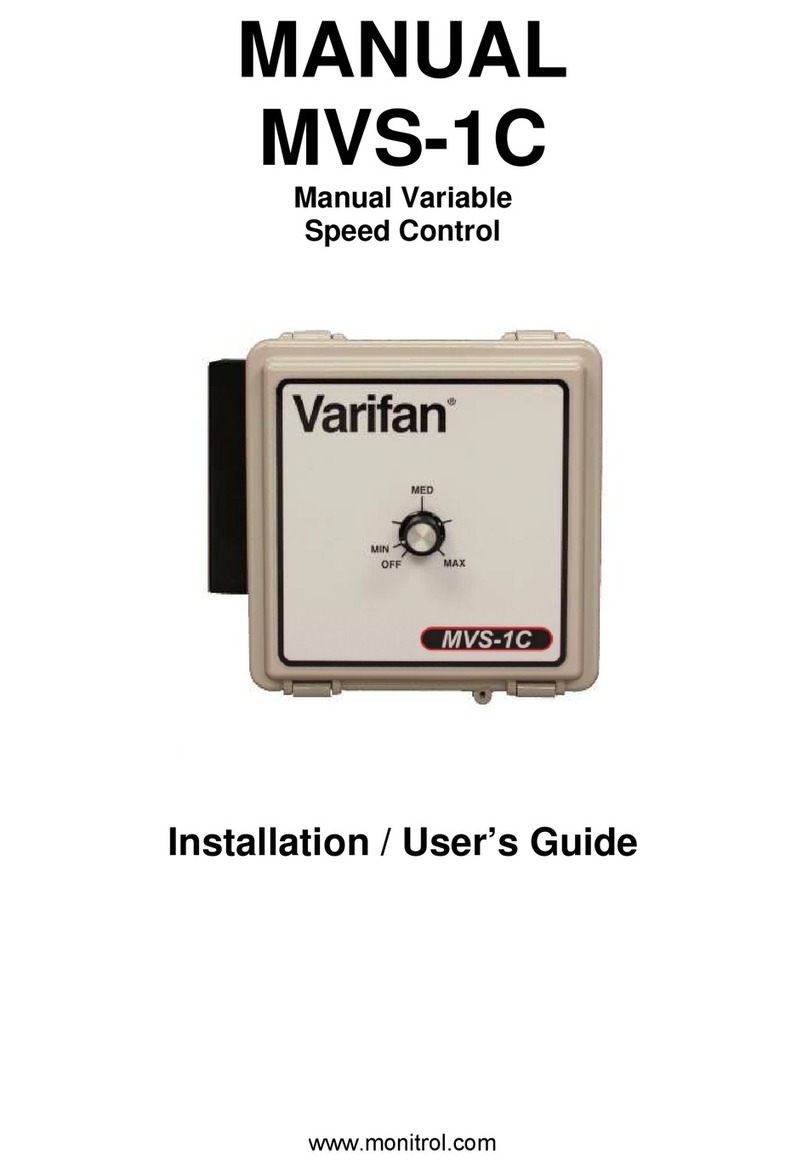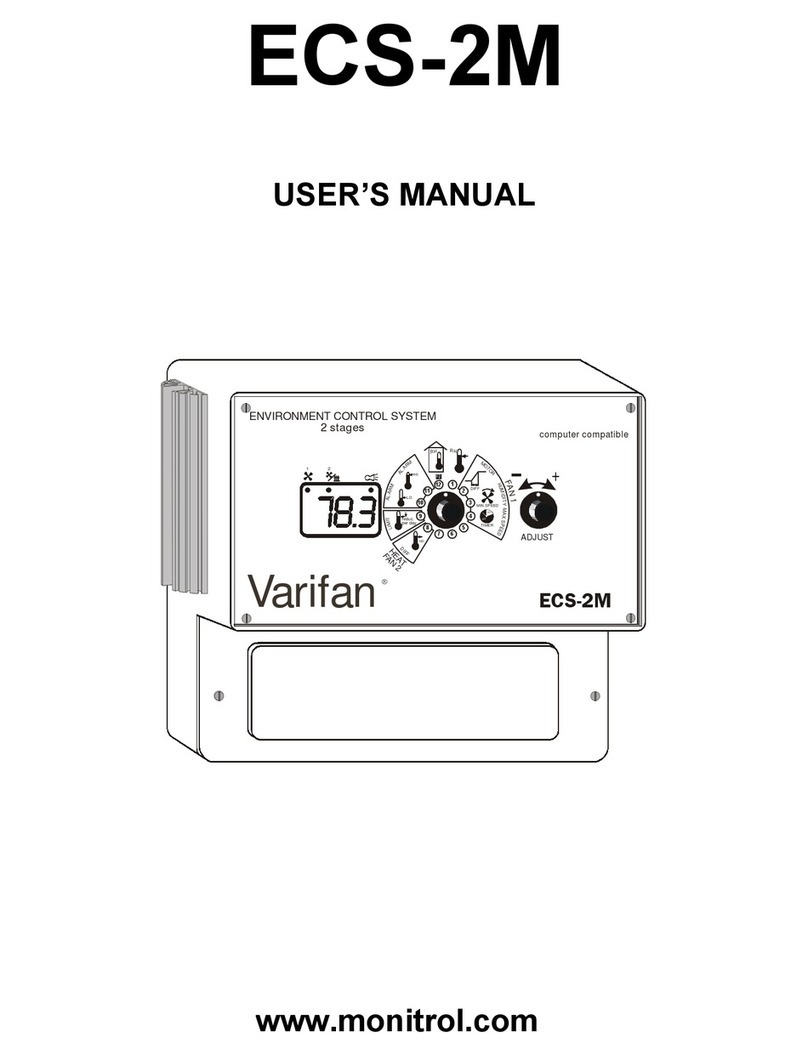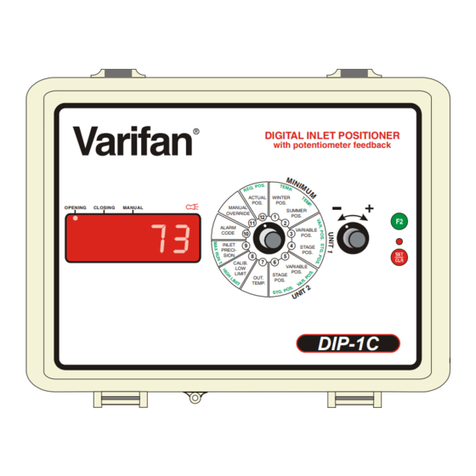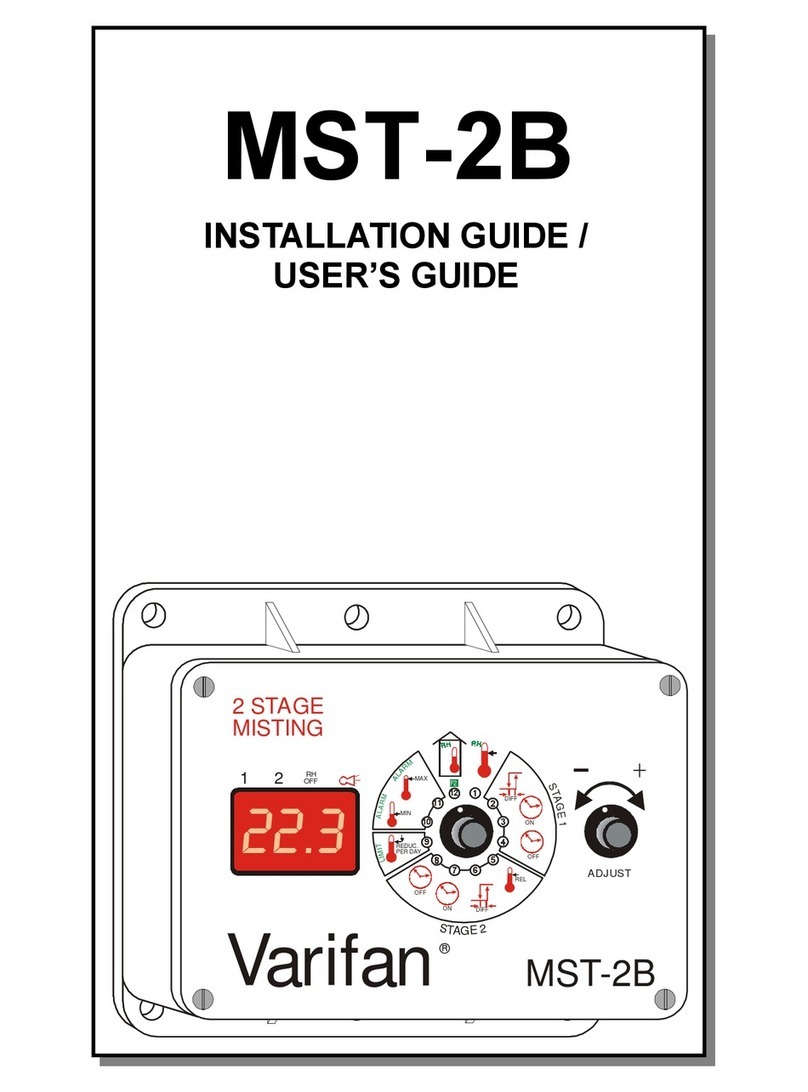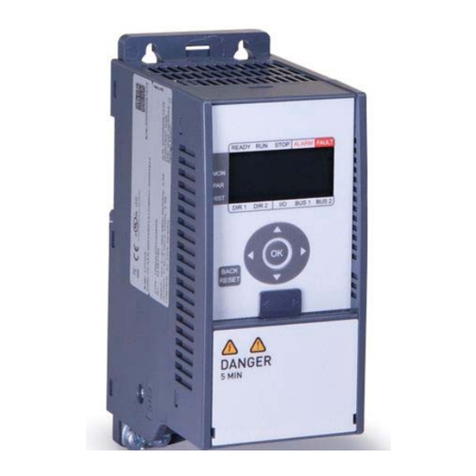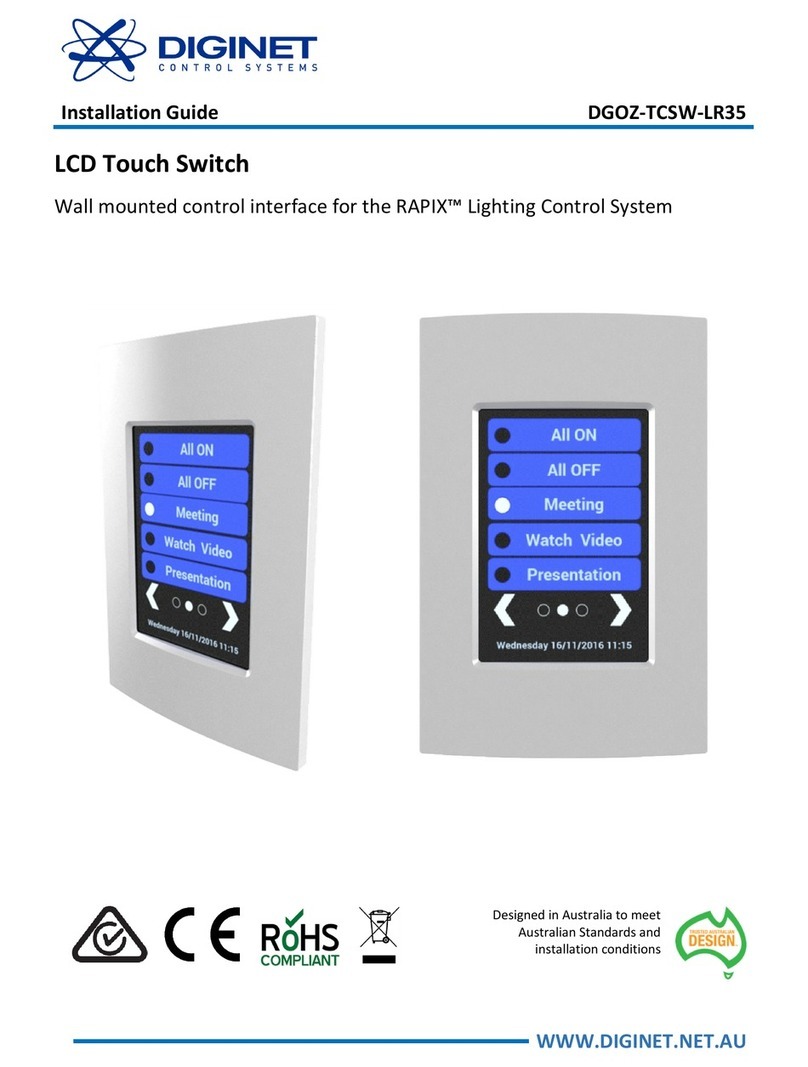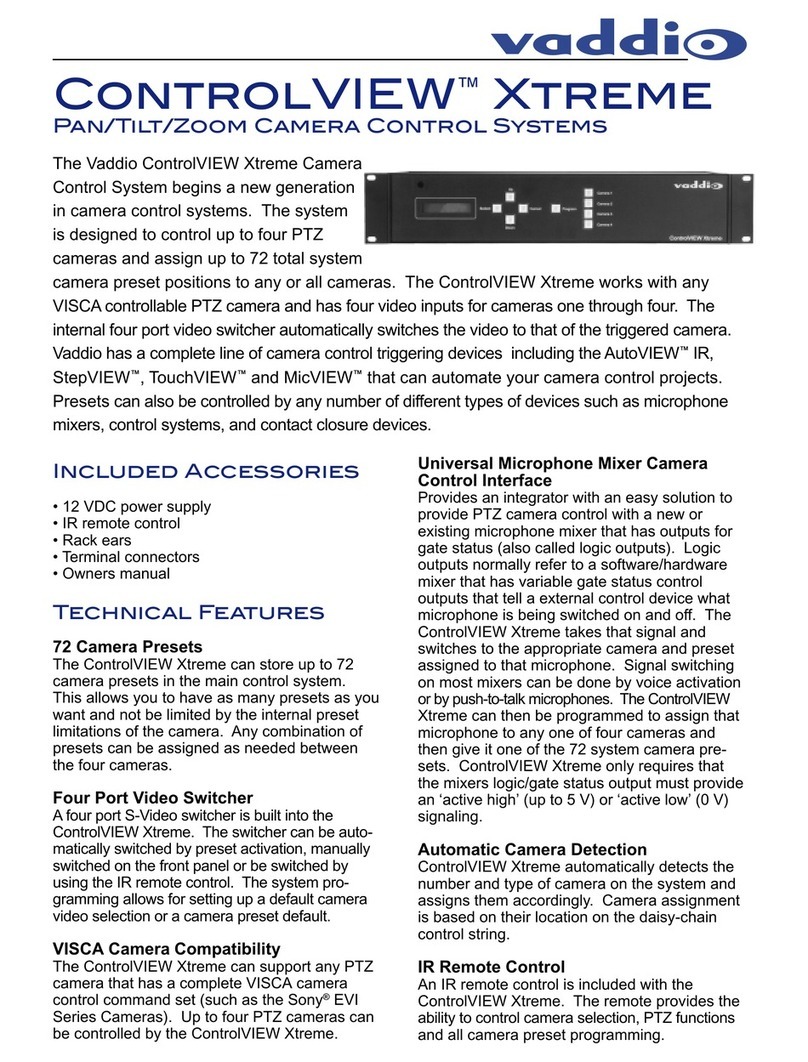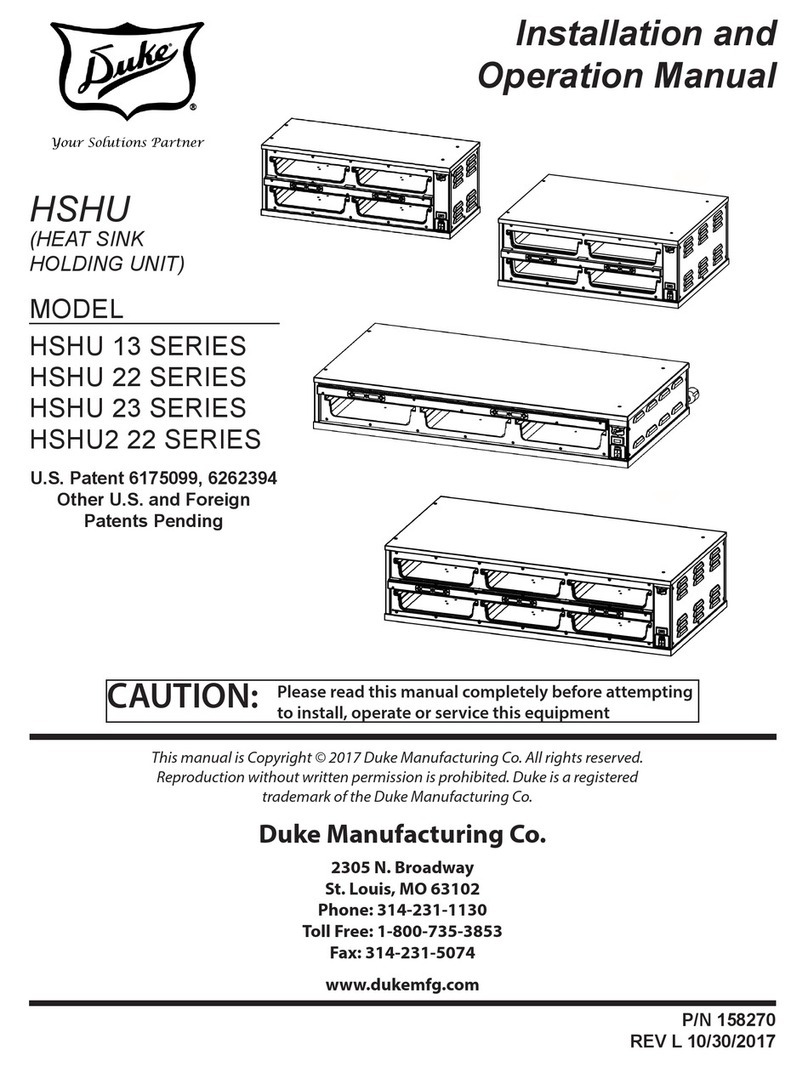
Page 2
DIP-1/115
Although the manufacturer has made every effort
to ensure the accuracy of the information
contained herein, this document is subject to
change without notice due to ongoing product
development.
WARNING AND PRECAUTIONS
Equipment, probe failure, blown fuses and/or
tripped breakers may prove harmful to the
contents of the building. Therefore it is strongly
recommended to install backup devices and alarm
or warning devices. Spare equipment should also
be available at the owner’s site. Equipment
manufactured by the manufacturer is protected
against normal line surges. High surges caused by
thunder storms or power supply equipment may
damage this equipment. For added security
against line voltage surges it is recommended that
surge and noise suppression devices be installed
at the electrical distribution panel. Use of shielded
cable for probes is recommended for protection
against lightning. These devices are available from
most electrical supply distributors.
RECOMMENDATIONS
The manufacturer recommends that all installation
procedures described herein be performed by a
qualified electrician or installation technician.
Further more the manufacturer recommends to
test all the functions and equipment connected to
the DIP, including the alarm system and backup
devices, after installation, after changes to the
installation and every month after that.
Fuse verification and replacement, as well as the
proper setting of control values shall be the
responsibility of the owner of this equipment.
